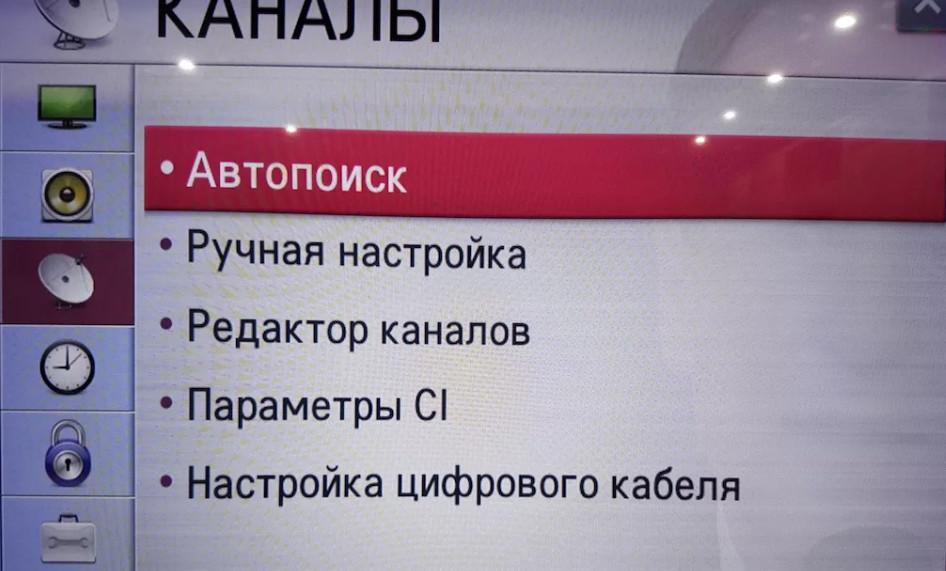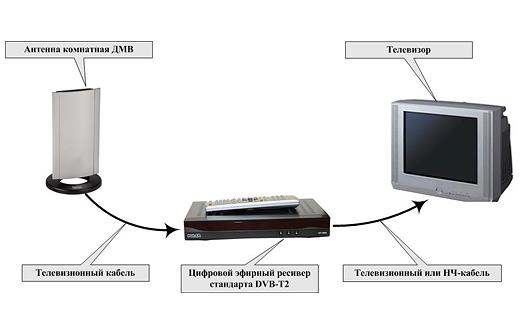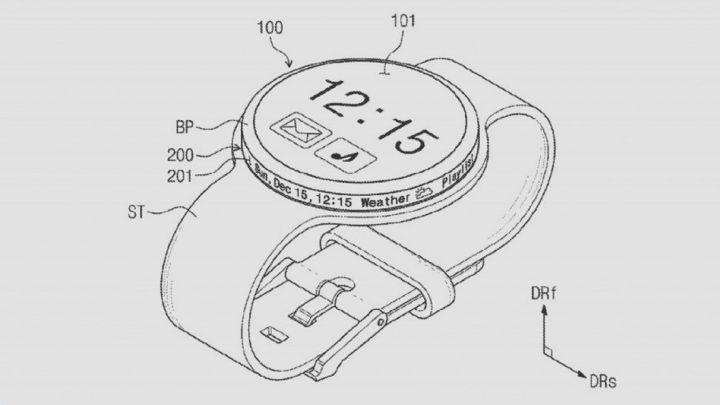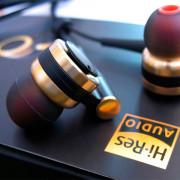HDCP защита цифрового контента. Праводержатели, пираты и пользователи
Содержание:
What ERROR NON-HDCP OUTPUT and HDCP ERROR Messages Mean

Y2kcrazyjoker4 / Wikimedia Commons / CC BY 4.0
Home Theater
-
Key Concepts
- Music For Your Life
- Basics
- Guides & Tutorials
- Installing & Upgrading
- Tips & Tricks
- Cut The Cord
by
Matthew Torres
A journalist who writes about television technology, consumer support articles, and TV-related news.
Updated January 30, 2019
151
151 people found this article helpful
HDCP is an anti-piracy protocol that some HDMI devices comply. It’s a cable standard that’s put into place to prevent piracy, and while that sounds like a great idea, it causes lots of issues for people who aren’t even dealing with piracy.
For example, you might be trying to hook up your Chromecast or Amazon Fire TV to an old HDTV that is too old to follow the standard that these new HDMI devices are a part of. Since there’s a device in the way that is not HDCP compliant, you might get an error like ERROR: NON-HDCP OUTPUT or HDCP ERROR.
The HDCP error completely stops you from using the device and might even make you feel like you have to buy a new one, like a brand new HDTV or Blu-ray player. Before you do that, make sure to keep reading to see what your options are.
This information applies to televisions from a variety of manufacturers including, but not limited to, those made by LG, Samsung, Panasonic, Sony, and Vizio.
What HDCP Means
The acronym stands for High-bandwidth Digital Content Protection. As the name would suggest, it’s a type of DRM (Digital Rights Management) that are intended to prevent piracy by providing an encrypted tunnel between an output device (like the Blu-ray player or Chromecast) and the receiving end (e.g. the HDTV or media center).
Just like how DRM stops someone from sharing downloaded movies from iTunes unless the computer playing it has been authorized by the account that bought it, HDCP devices will only work if other cables and devices within the setup are also HDCP compliant.
In other words, if one device or cable isn’t HDCP compliant then you’ll get an HDCP error. This is true for cable boxes, Roku Streaming Stick, audio-video receivers and most other modern high-def devices or players that interface with those devices.
How to Fix HDCP Errors
The only solution is to either replace all the hardware that is not HDCP compliant (a pretty extreme solution considering it might be your expensive HDTV) or use an HDMI splitter that ignores HDCP requests.
If you go the HDMI splitter route (which you should), the splitter needs to be positioned between the output and input device. For example, if you have a Chromecast that can’t connect to your TV because of HDCP errors, connect the Chromecast to the input port of the splitter and run a different HDMI cable from the output port of the splitter into your TV’s HDMI slot.
What happens is that the request for the HDCP device (your TV, Blu-ray player, etc), is no longer transferred from the sender (in this case the Chromecast) because the splitter stops it from moving between the devices.
Continue Reading







